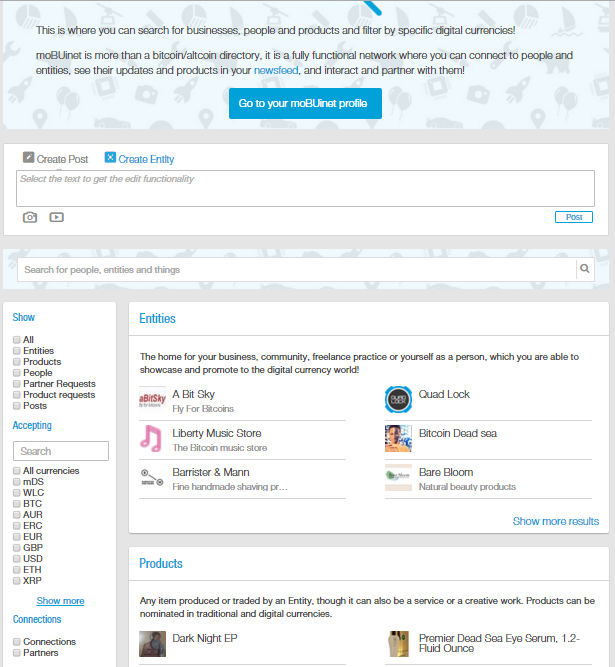The compact between employers and employees has been radically reordered. Paternalist arrangements where companies secure employee loyalty for life by taking care of them with steady salary increases, benefits and a pension plan have been gone for decades in most sectors. Today’s employees are more likely to create patchwork careers in which they function as a partner with employers, exchanging their services for a salary and meaningful work.
The latter portion of that arrangement — meaningful work — seems to be especially important to younger workers with hard-to-find skills. Lack of engagement on the job is a real problem now, and it’s growing. A Gallup survey found that fewer than one in three employees are committed to their employers’ success and engaged in their work. And millennials, now the dominant workplace demographic, crave freedom and entrepreneurship.
In 2016 and beyond, it won’t be enough to offer futuristic technology and smart offices to keep employees engaged and focused; companies will need to truly harness employee creativity and innovation to boost morale and improve productivity. The best way to achieve this is through an open innovation strategy, which encourages creativity and delivers a competitive advantage.
In simple terms, an open innovation culture recognizes that R&D isn’t the only source of new ideas, products and technologies. It encourages idea sharing, leveraging diverse resources to drive development from the bottom up. Savvy CEOs and business leaders recognize the potential of an open innovation approach: The majority of company leaders cite employees as their most significant source of innovation.
So what happens when a company adopts an open innovation culture? Here are four consequences that have a lasting and positive business impact:
1. Free market research: Employees have two valuable perspectives that can help them identify emerging demand: They are consumers, and they are also familiar with their company’s market. Open-ended market research initiatives are expensive, but by harnessing rank-and-file employees’ unique perspectives, open innovation can significantly augment or even replace costly market research projects while accurately pinpointing demand.
2. Accelerated product development: With a traditional R&D approach, it can be a challenge to get a project off the ground quickly because developers start with a blank slate. Open innovation solves this problem via employee creativity. In an open innovation culture, employees independently develop concepts, create prototypes and even produce working models, meaning projects are much closer to generating revenue when they first appear on the company’s radar.
3. Savings on overall development costs: As product development executives know, funding a formal development initiative is an expensive, resource-intense commitment. In an open innovation environment, employees are engaged in independent development efforts that do not require extensive funding; typically, expenses are limited to licensing and late-stage development costs.
4. Idea volume and diversity: A national survey found that 40% of adults have an idea for a new product or invention. With an open innovation culture, companies can leverage that untapped potential in their workforce to increase the volume of new concepts. And since employees aren’t immersed in the development process full-time, they often come up with diverse new ideas that address demands the company didn’t know existed.
Each of these benefits is valuable in its own right and suggests that exploring an open innovation strategy is worthwhile for companies that put a premium on new ideas. But one of the most valuable returns from an open innovation strategy is greater levels of employee satisfaction.
In an environment where ties between companies and employees are increasingly tenuous, a program that unleashes staff creativity and gives employees an entrepreneurial stake in the success of company products confers a significant competitive advantage. For all its other benefits, improved employee engagement is one of the most compelling reasons of all to adopt an open innovation culture.











